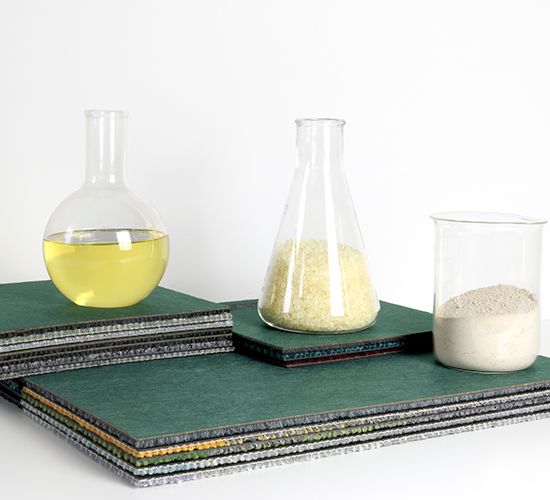For today’s countries and businesses, a new dilemma has arisen on what to do with waste plastics. Fortunately, along with this challenge, we’re seeing a huge opportunity.
China’s shift in recycling waste plastic
Recently, the door closed to what was, until now, the dominant market for recycling waste plastic. In 2017, the People’s Republic of China announced that it would no longer accept 24 categories of recyclables and solid waste. Instead, it would replace imported materials with recycled material collected domestically. In the previous year, 2016, Chinese manufacturers imported a total of 7.3 million metric tons of waste plastics from the United Kingdom, European Union countries, the United States, Japan, and many other countries.
The policy change in China is an important factor, and is matched by growing concern on plastic waste from consumers, and a greater demand for products that help reduce waste and are designed to be recycled or composted. We are already seeing business focus more on closed-loop approaches and the embracing of a more circular economy.
How manufacturers are making a difference
Many manufacturers are now committing to increasing the level of recycled and bio-based content in their products. At the World Economic Forum in January 2018, 11 of the world’s largest companies, including Unilever, Coca-Cola and Walmart committed to fully recycled, reused or compostable packaging by 2025.
Additionally, toy manufacturer Lego committed using a sugar-cane derived plastic for its softer Lego components such as decorative bushes and plants in 2018, and a longer term commitment to produce all Lego bricks using sustainable materials.
Evolving our approach to materials
At Interface, increasing the level of recycled and bio-based content in our products remains a priority. Since the turn of the century, we have redesigned our products and worked with our suppliers to achieve this. With each step, we are focused on Live Zero and removing any negative impact we have on the environment. What’s the result today? Currently, 61 percent of our materials across our products are derived from recycled or bio-based sources.
An excellent example of this is CircuitBac Green, an innovative backing for the European market created with a mix of a bio-plastic and mineral filler. The combination includes a bio-based component that provides a carbon-negative alternative to existing backing systems, meaning it absorbs more carbon than it emits during its production. As a result, there is less carbon in the atmosphere.

Interface’s innovative CircuitBac Green backing is currently only available in Europe, but it’s a first step toward rethinking materials and eliminating carbon offput in the production process.
Rethinking materials also enabled us to rework the construction of our products. For example, we can now lock the layers of a carpet tile together, through the use of a thermal bonding process called Modular Fusion. This process eliminates the need for a pre-coat middle layer, removing a less sustainable material from the equation.
But our ambition goes beyond zeroing out virgin materials. We are developing products that are restorative and regenerative. Under our new mission, Climate Take Back™, we are rethinking our relationship with carbon. Looking to utilize it as a resource, we want the world to Love Carbon.
Creating a climate fit for future generations
Forward-looking companies are demonstrating that it is possible to take strides to zero out waste, with commitments on new standards in recycled and bio-based content becoming reality. As one door for waste has closed, another has opened for innovative solutions. However, companies should aim higher, embracing materials that contribute to reverse the effects of climate change, to help create a climate fit for life for future generations. It is no longer enough to do less bad — it’s time for our products to be designed to do more good.